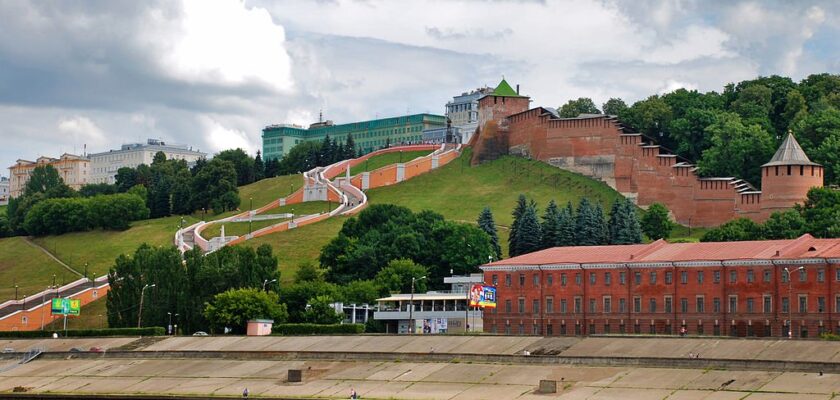Nizhny Novgorod Kremlin
Nizhny Novgorod Kremlin is an ancient fortress and at the same time the main historical attraction of Nizhny Novgorod. The amazing architectural structure, which withstood countless Tatar raids and did not give up its position even in the hard times of turmoil and wars, has been and remains the heart of the city for more than six hundred years.
.
Unlike the Moscow Kremlin, the Nizhny Novgorod Kremlin does not have a pronounced gloss of grandeur, but it is within its walls you can feel the true spirit of Russian antiquity and touch the half-forgotten history of the state. Situated on a hill at the confluence of the Volga and the Oka, the fortress is still the official residence of the Nizhny Novgorod governor and mayor of the city.
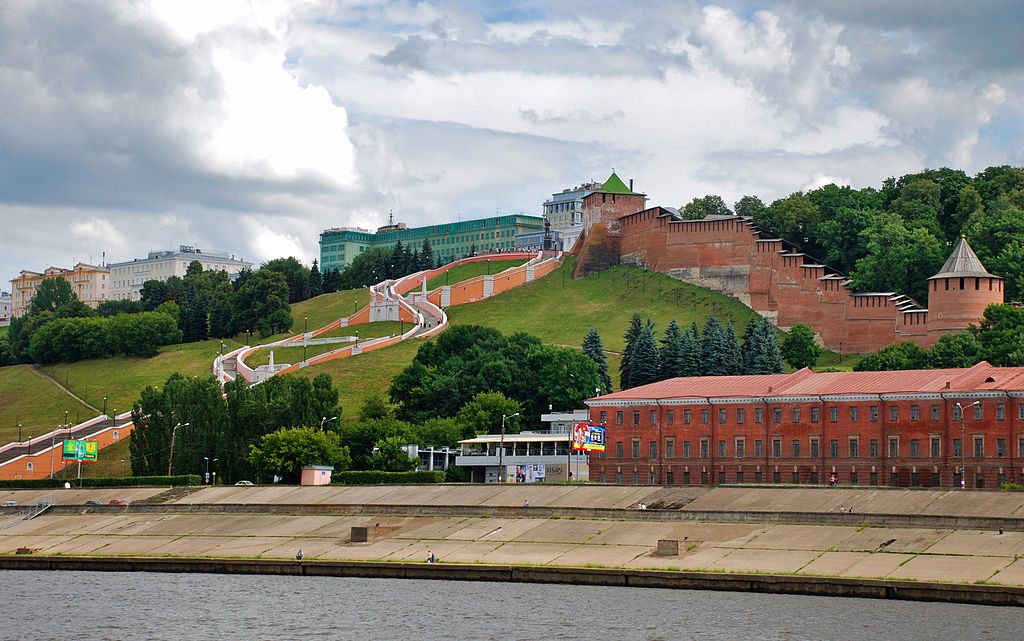
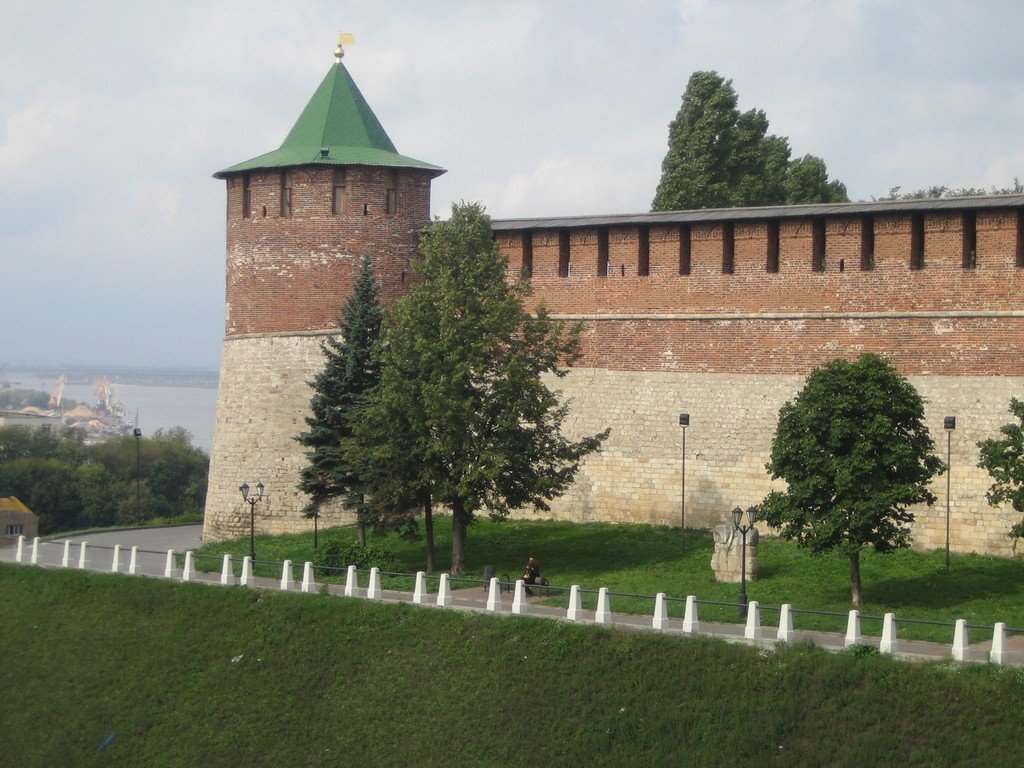
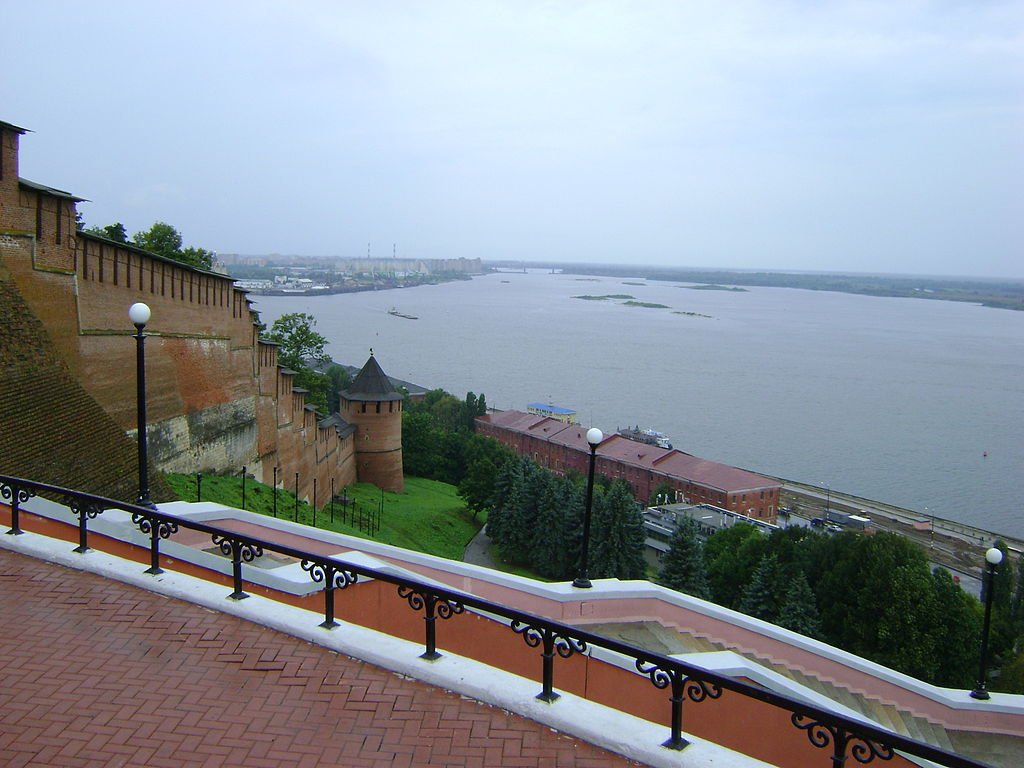
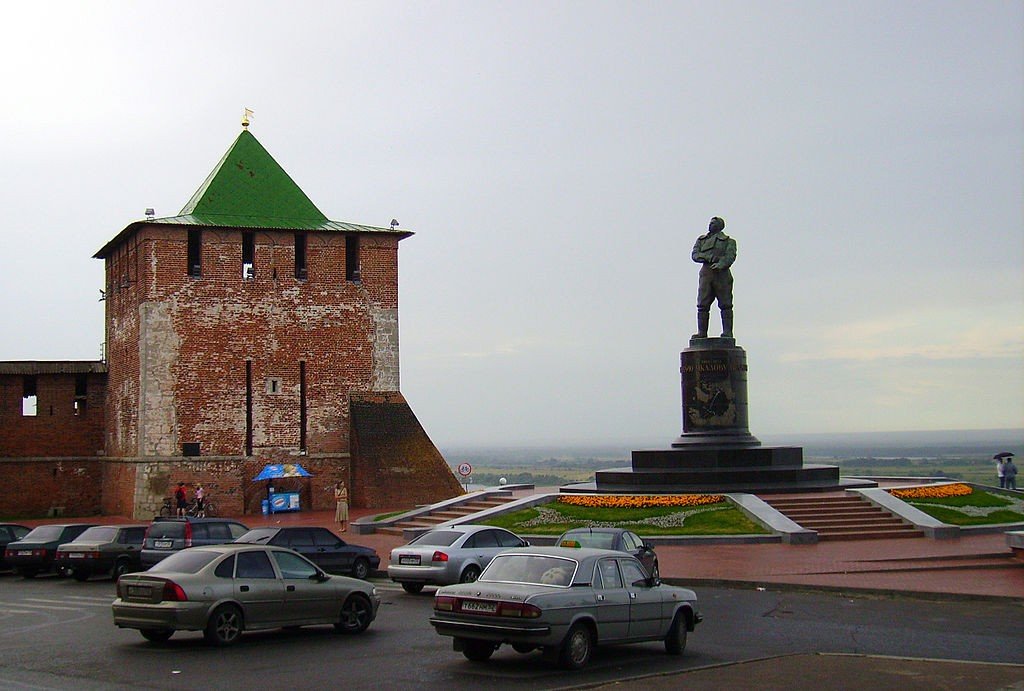
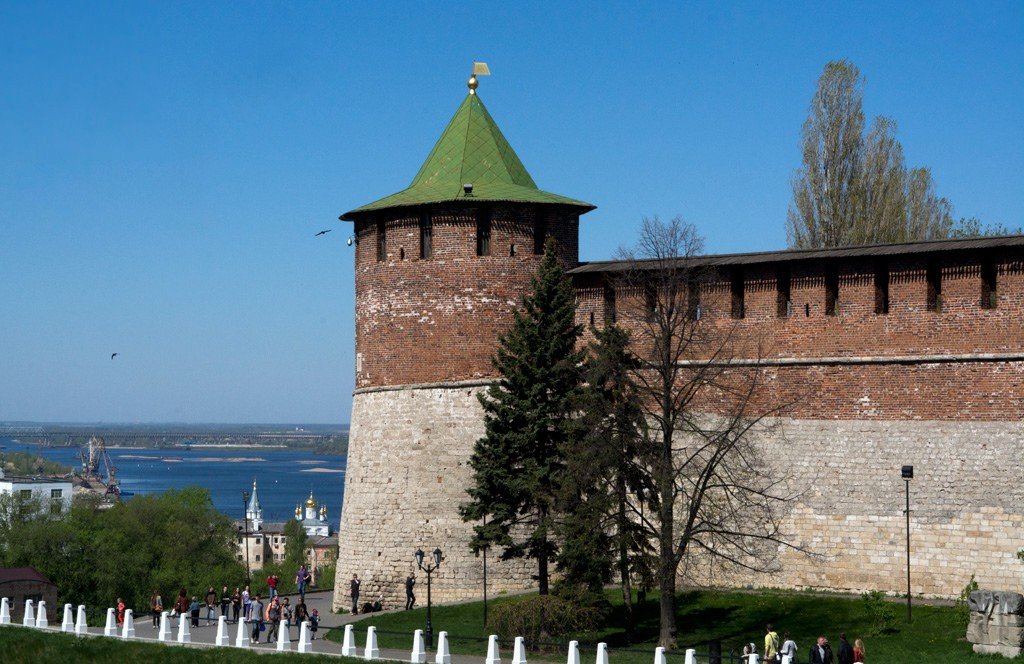
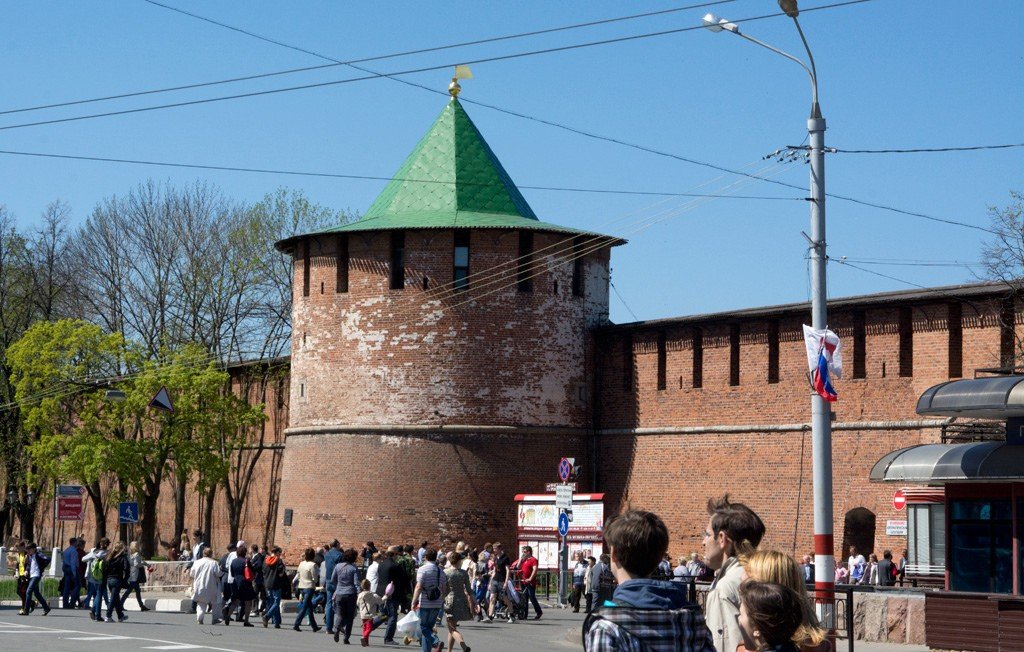
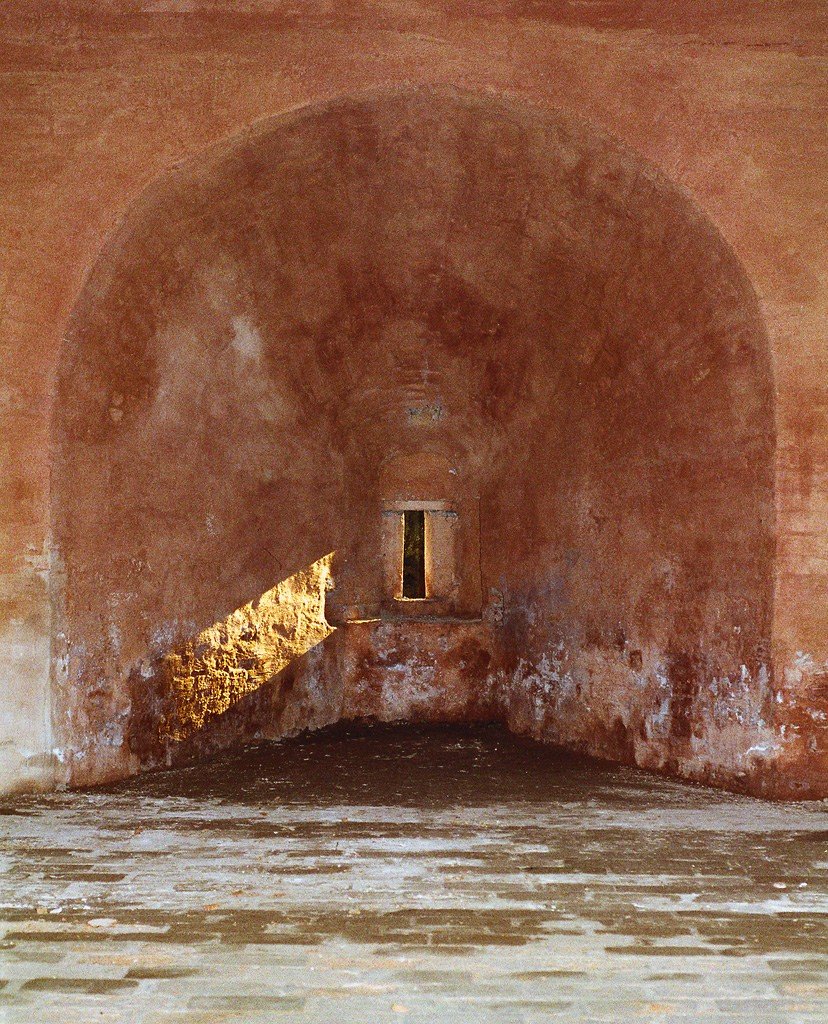
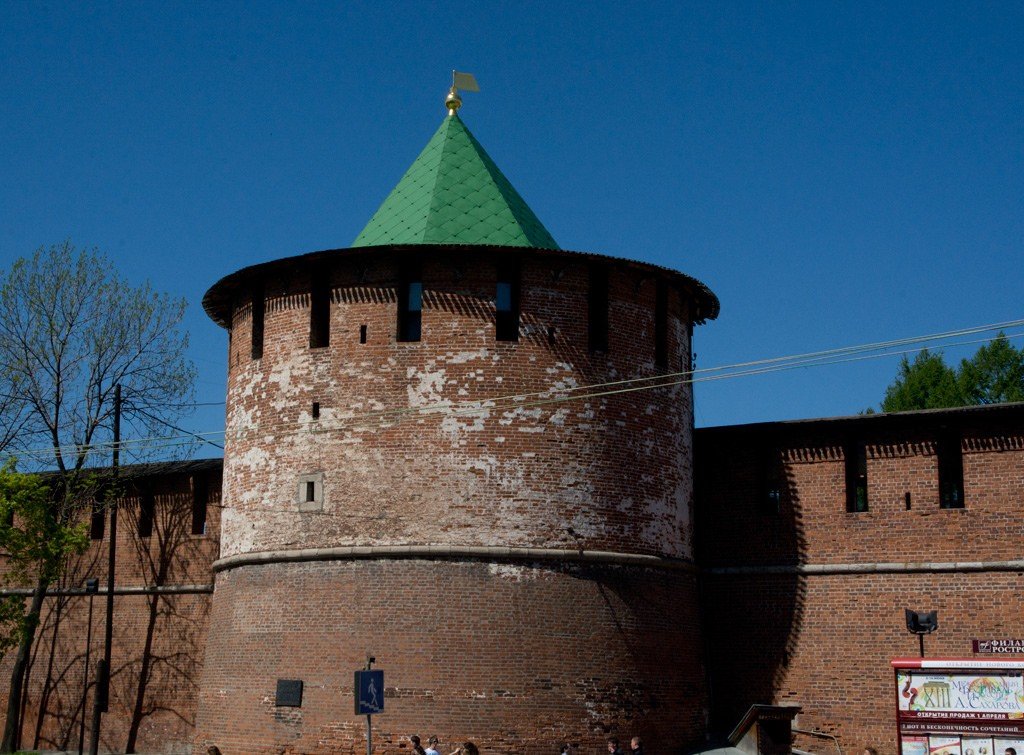
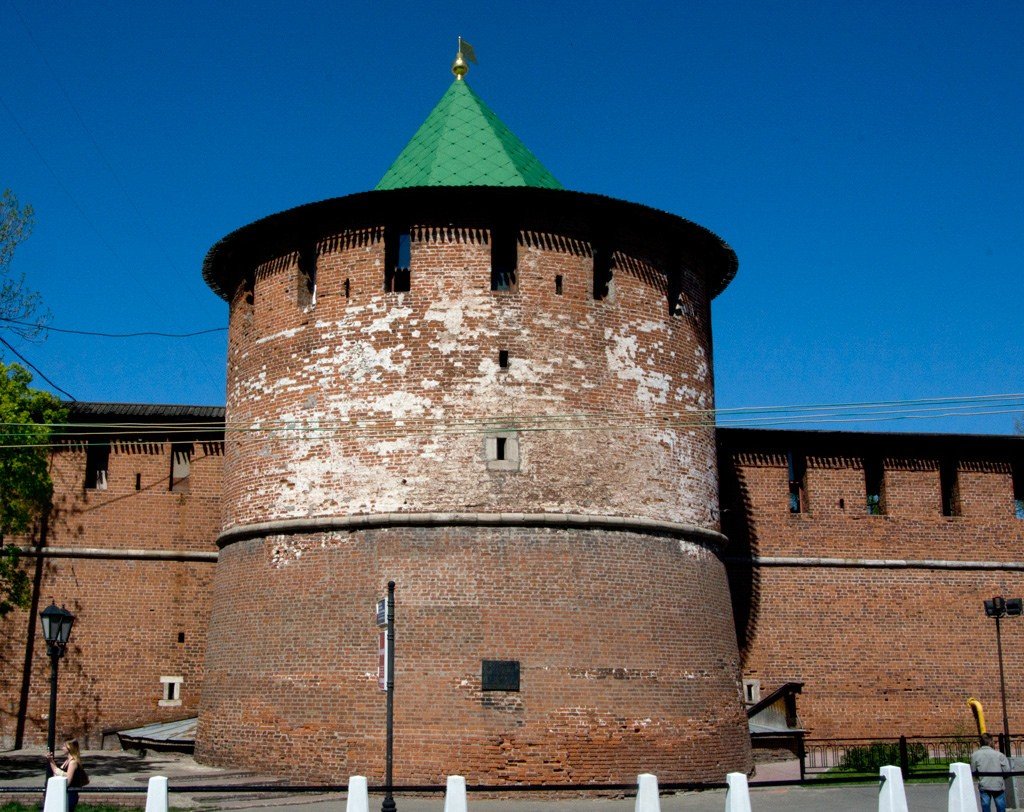
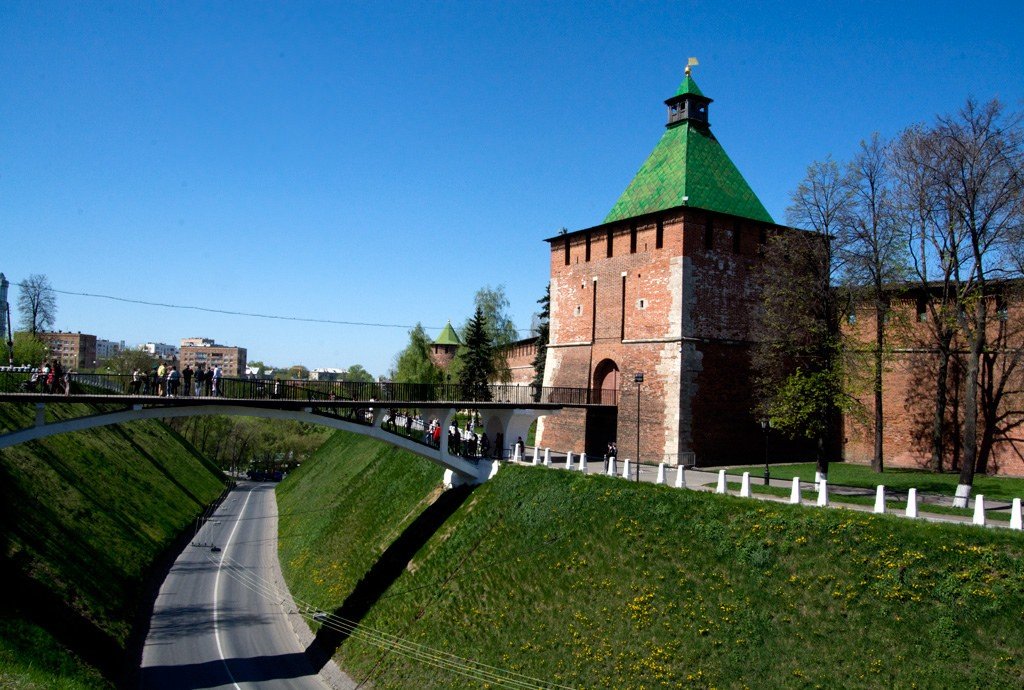
Video: Nizhny Novgorod Kremlin
Contents- Features of the architecture of the Nizhny Novgorod Kremlin
- History of the Nizhny Novgorod Kremlin
- What to see
- Kremlin legends
- How to get there
Features of the architecture of the Nizhny Novgorod Kremlin
The length of the Kremlin walls is 2 kilometers. On this relatively small stretch there are 13 watchtowers:
- Georgievskaya – was erected next to the Church of St. George, in honor of which it was named.
- Borisoglebskaya – named in honor of Saints Boris and Gleb.
- Zachatskaya – was located near the Zachatievsky Monastery. In the 18th century it was completely destroyed and reconstructed anew in 2012.
- Belaya – owes its name to the white lining of the fortress walls. The second name is the Simeonovskaya Tower.
- Ivanovskaya – was located in close proximity to the Posadsky church of St. John the Baptist. .
- Clock Tower – named after the city clock installed in it.
- Severnaya – the name of the building was inspired by its geographical position.
- Tainitskaya – hidden from view.
- Tainitskaya – the secret passage hidden in the walls of the fortress was located next to this tower.
- Koromyslova – the name of the structure was derived from its geographical location.
- Koromyslova – the name is often associated with an ancient legend, the main character of which is a young lady with a kormyslova.
- Nikolskaya – was erected next to the church of Nicholas the Wonderworker. .
- Pantry – the interior of the building served as a warehouse for ammunition and ammunition. .
- Dmitrievskaya – named in honor of Prince Dmitry Konstantinovich of Suzdal and Novgorod. According to another version – by the name of the Christian saint Demetrius of Solunsk.
Five towers out of 13 were passable, i.e. had gates through which one could enter the fortress. From the Dmitrievskaya Strelnitsa was a stone bridge, which was a relative innovation in fortress architecture of that time. Initially, the fortification was surrounded by a deep dry moat, which served as an additional obstacle for the Mongol-Tatar hordes. Subsequently, the deepening was leveled with the ground, and in its place there was a town square.
.
History of the Nizhny Novgorod Kremlin
The first historical references about the construction of the fortress date back to 1374. It was at this time that Prince Dmitry Konstantinovich of Novgorod began to strengthen the city walls and laid the foundation of the white-stone Kremlin. During the reign of Ivan the Terrible, the city received the status of a guard post and acquired its own army. During the same period the construction of the walls of the fortress began. Construction work was periodically interrupted by Tatar raids, but throughout its history the Nizhny Novgorod Kremlin was never surrendered to the enemy. During the Time of Troubles it was from the walls of the fortress that the people’s militia led by Prince Pozharsky was sent.
.
By the end of the XVII century there was no need for the protective function of the fortress, and it became an administrative center. Under the influence of natural forces, which were actively assisted by enterprising citizens who dismantled the brickwork of the walls, the large-scale structure gradually deteriorated. An attempt to stop the destruction of the Nizhny Novgorod Kremlin was made by Catherine the Great. By the Empress’s decree, restoration works were started, the benefit of which turned out to be very doubtful. In the end, the grandiose plan ended with symbolic whitewashing of the walls and a change of the roof. This time period also saw the disappearance of the Zachatskaya and Borisoglebskaya towers: due to constant landslides on the city rampart, they were completely dismantled.
.
Full restoration of the Nizhny Novgorod Kremlin began with the coming to power of Alexander II. Under Nicholas I, the Palace of the Military Governor and an arsenal for storing military ammunition were built in the fortress. In 1896 a large-scale reconstruction of the Dmitrievskaya Tower was completed. A historical museum began its work in it, the opening of which was attended by the Russian Emperor Nicholas II.
.After the October Revolution, the appearance of the Nizhny Novgorod Kremlin changed significantly. To please the new authorities, the fortress walls were returned to red color, and the museum exhibits that were in the Dmitrievskaya Tower were partly removed, partly destroyed. The fate of the Transfiguration Cathedral, located on the territory of the Nizhny Novgorod Kremlin, was the saddest. The temple was completely destroyed and the House of Soviets was built in its place. The city authorities also planned to demolish three towers and part of the fortress wall, but the war that started prevented the realization of “grandiose” plans. Already in 1949, the authorities made another attempt to restore the historical landmark, the result of which was the complete reconstruction of Borisoglebskaya Tower.
.
With the collapse of the Soviet country, the Nizhny Novgorod Kremlin slowly but surely began to fall into disrepair. Many premises were rented out as retail space, which only accelerated the process of dilapidation and destruction of buildings. In the early 2000s, the walls of the fortification cracked. The phenomenon caused a wide public outcry, which signaled a new stage of restoration work. The reconstruction of the Nizhny Novgorod Kremlin, which began in 2005, has once again changed the appearance of the fortress, at the same time returning to it the once lost Zachatskaya Tower.
.What to see
There were several Orthodox churches on the territory of the Nizhny Novgorod Kremlin and almost all of them were destroyed in the post-revolutionary period. Only one church has stood the test of time, which became the oldest cathedral in Novgorod.
>
St. Michael the Archangel Cathedral
The history of the cathedral began in the 13th century. In 1221 the foundation of a wooden church was laid, and 6 years later Novgorodians already went to service in a new white-stone temple. For the whole history of existence the church was rebuilt several times. The existing version of the building appeared in 1628 and is an architectural monument of Russian tent architecture. In 2009 the temple was presented with 9 bells, the ringing of which now ring out the city neighborhoods, inviting all believers to the service.
.
According to tradition, state leaders periodically visit Mikhail Archangel Cathedral to lay flowers at the tomb of Kuzma Minin. Pilgrims come to the temple to pray at the icons of St. Seraphim of Sarov, as well as Peter and Fevronia of Murom. Divine services in the temple are held daily from 8 am (Matins and liturgy), on feast days and Sundays – from 8.30 am.
.Dmitriev Tower
You can get to the main tower of the Nizhny Novgorod Kremlin by passing through its gate on Minin and Pozharsky Square. Originally, the Dmitrievskaya Strelnitsa was erected as a defense facility of the fortress. The building had 4 (according to some sources 6) combat tiers and a bridge-like structure. The inner rooms served at the same time as an armory, where guns and pistols were stored. Today part of the fortress squares is occupied by souvenir shops. In addition, there is an excursion hall, where historical exhibitions are often organized. To get acquainted with the attraction closer, you need to buy a ticket. The price for adults is 60 p., for children – 25 p. Another option is to order a tour of the exhibition hall, which will cost 300 p. The tower is open for visits from Tuesday to Sunday from 10 am to 5 pm.
.Nikolskaya Tower
The square fortification with a passage in the form of a gate belongs to later constructions. To get inside the Nikolskaya Strelnitsa one can use a pedestrian bridge built on the place of a chopped wooden one.
.
The modern appearance of the structure differs significantly from the original. In 1785, the governor of Nizhny Novgorod had the idea of repairing the old Kremlin towers. The structures were restored according to the same pattern: the former loopholes were turned into windows, the openings between the teeth were laid. All this led to a complete distortion of the object’s appearance. However, despite the conditional historical authenticity, it is still worth visiting the Nikolskaya Tower of the Nizhny Novgorod Kremlin. Inside it there is an exhibition “Remember the War”, the exhibits of which will tell the story of life in the city during the Great Patriotic War. The entrance ticket for adult visitors costs 130 p., for children – 60 p.
.Ivanovskaya Tower
The largest and presumably the oldest tower of the Nizhny Novgorod Kremlin is the Ivanovskaya Tower. The structure is located in the foothill part of the fortress and during its existence has suffered greatly from the destructive effects of underground water. In addition, in 1531, due to the negligence of the guards, gunpowder exploded in the interior.
.
For almost four centuries, restoration work gradually changed the appearance of the fortress walls, but the most unsuccessful attempt at restoration was made by S. L. Agafonov. Despite the fact that the historical appearance of the tower was generally preserved, its wooden ceilings were missing, and the suspension bridge that provided access to the fortress walls was never restored. As a result, Ivanovskaya Strelnitsa turned from a historical monument into a monumental architectural model: beautiful in appearance, but completely non-functional.
.
Today, the shortcomings of the reconstruction of the 1950s have been partially eliminated. In the inner part of the structure is equipped with an exhibition hall, where everyone can visit the exposition “The feat of national unity”. The cost for an adult – 40 p., for children – 15 p. In summer time visitors of the Nizhny Novgorod Kremlin can buy a complex ticket, which gives the right to see four fortress towers (Dmitrievskaya, Nikolskaya, Ivanovskaya, Zachatskaya) and the Kremlin wall at once. The cost of such excursion is 250 p. An additional pleasant “bonus” can be considered a permission for free photography of historical objects. In addition, tourists interested in the history of military equipment have the opportunity to be photographed with ancient Russian armor. For the pleasure will have to pay a symbolic amount of 100 p.
.Weapons exhibition
In honor of the 30th anniversary of the Victory near Dmitrievskaya Tower was organized an open-air exhibition “Gorky – to the front”. On concrete pedestals there are samples of weapons and military equipment produced by the city’s factories during the Great Patriotic War. In addition to the legendary “Katyusha” and the T-34 tank, which became a symbol of Victory, there are cannons, a self-propelled vehicle, a mortar and an airplane.
.Military Governor’s Palace
The classical style building was built on the territory of the Nizhny Novgorod Kremlin by order of Emperor Nicholas I. The first owner of the house was M. P. Buturlin, and after him the palace became the place of residence for 14 other Nizhny Novgorod governors.
Up until 1917, the second floor of the house housed the Tsar’s quarters, where Nicholas II stayed twice. The palace survived the October Revolution and the Great Patriotic War, fully preserving its historical identity. Today its walls house the Nizhny Novgorod State Art Museum.
.Kremlin Legends
Sometimes a single legend can evoke a greater emotional response than a full-fledged excursion led by an experienced guide. For example, walking around the territory of the Nizhny Novgorod Kremlin, it is worth listening to the grim story of a girl with a crowbar. It is said that during the construction of one of the towers a beautiful townswoman, who happened to be near the well, was bricked up in it. According to the second version of the legend, the girl became a victim of the Tartars when she went outside the city wall for water. Before falling from the enemy’s sword, the brave young lady killed 10 soldiers with a crowbar, which scared the leader of the army to death. The siege of the fortress was immediately lifted, and the enemy went away. In memory of the unprecedented feat of the national heroine, one of the towers of the Kremlin was named Koromyslova.
.
There are rumors in Novgorod about the library that once belonged to Ivan the Terrible: allegedly the books are hidden in one of the casemates of the fortress. Initially, the collection of works was taken from Byzantium by the Tsar’s grandmother, but further his trail is lost.
.
How to get there
Traveling around Nizhny Novgorod usually starts from the Moskovsky railway station. You can get from it to Minin and Pozharsky Square – the location of the Nizhny Novgorod Kremlin – by taking a shuttle bus number 34, 54, 81, 134, 171, 190. The easiest way to get to the walls of Nikolskaya Tower is to take a number 3 city bus (stop Minina Square) or a shuttle bus (№ 6, 41, 47, 71, 72).
.